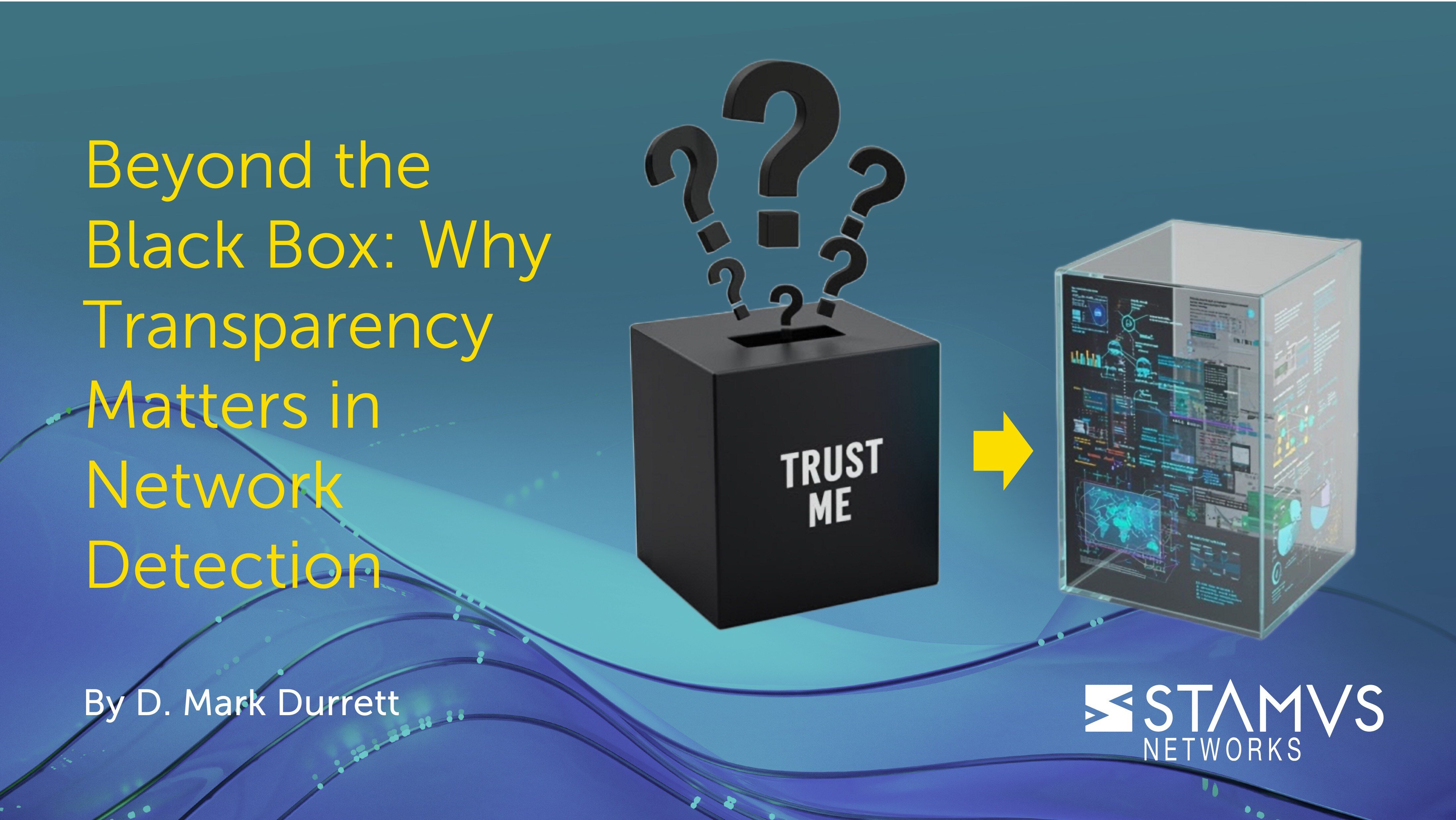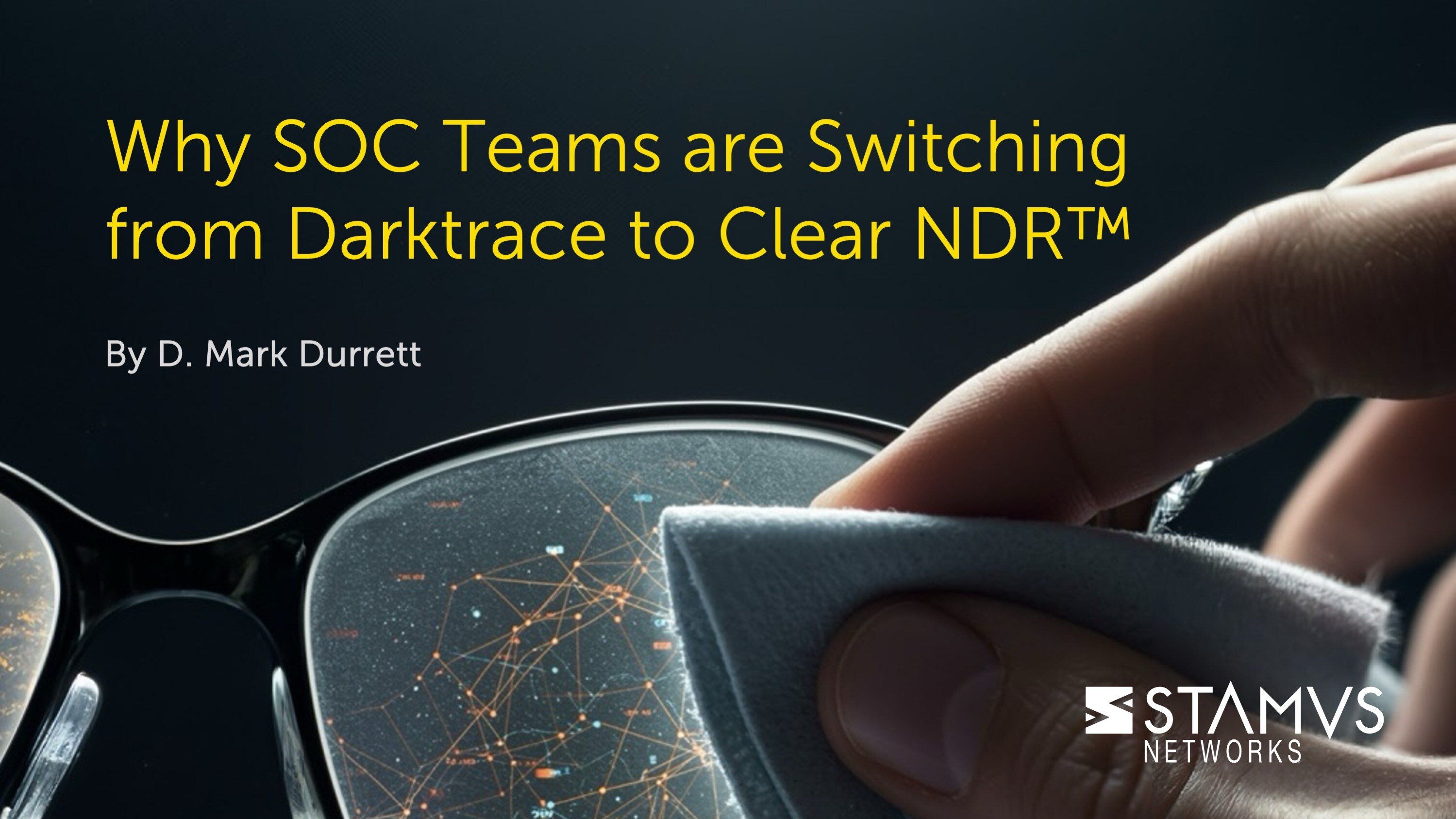Network detection and response (NDR) plays a vital role in many organization’s cyber security strategy. For those new to cybersecurity or otherwise unfamiliar with network detection and response, determining the best NDR solutions can be difficult. Continue reading to learn more about NDR solutions, the tools they contain, and how NDR contributes to an effective cybersecurity strategy.
What are NDR solutions?
A network detection and response (NDR) solution encompasses a suite of tools for identifying and responding to cyber threats using network traffic data bundled into a unified software product. Many NDR solutions offer advanced detection methods, transparent results supported by evidence, and high-fidelity response triggers. Additionally, the best NDR solutions will be open and extensible, facilitating seamless integration with other common security systems such as SIEM, SOAR, EDR, and XDR.
In their 2022 Market Guide focused on NDR solutions, Gartner claims that the network detection and response market is growing steadily at a 22.5% rate. This is likely because of a growing need for solutions that can continuously scan network traffic in diverse environments to detect and respond to potential threats in real time. NDR achieves this with active network monitoring and a variety of advanced detection methods paired with automated incident response capabilities.
What is an NDR tool?
NDR security tools are the various features and detection methods included in many NDR systems. These tools enable the NDR and its users to examine network traffic and effectively respond to potential security incidents. Every NDR system is different, but many will include the following tools and capabilities:
- Deep Packet Inspection: Certain NDR systems engage in real-time capture and analysis of network traffic. This process involves extracting metadata, understanding communication patterns, detecting potential threats, identifying anomalies, and logging activity.
- Behavioral Analysis Engines: NDRs utilize machine learning and behavioral analysis to establish normal network behavior baselines. These engines are adept at detecting deviations that may indicate malicious activities.
- Threat Intelligence Integration: Competent NDR solutions seamlessly integrate with third-party threat intelligence feeds. This integration enhances detection capabilities by providing up-to-date information about known threats and indicators of compromise.
- Network Forensics: Network forensics tools assist in investigating security incidents by analyzing historical network data. This aids security teams in comprehending the scope and impact of potential breaches.
- Automated Incident Response: Most NDR systems can initiate predefined automated responses to security incidents. This feature enables quick containment and mitigation of threats.
- Vulnerability Discovery: Some NDRs claim the ability to identify and assess vulnerabilities within the network that could be exploited by attackers. This contributes to proactive threat mitigation.
- Threat Hunting: A threat hunting platform — often integrated into the NDR — utilizes data collected by the NDR to sift through network traffic and identify user-selected threats, suspicious behaviors, or anomalous activities.
What is the difference between XDR and NDR?
The difference between XDR (extended detection and response) and NDR (network detection and response) is each system’s focus on the type of data monitored. NDR security is solely focused on network traffic data, whereas XDR attempts to consolidate data sources across networks, endpoints, and cloud environments.
XDR is often confused with NDR security systems, as both use network data to identify and respond to potential threats. It is important to make the distinction that while some XDR systems did evolve from NDR products, the two are not the same.
XDR mostly expands on the existing capabilities of SIEM (security information and event management) and SOAR (security orchestration, automation, and response) systems in an attempt to integrate multiple security components and data sources across networks, endpoints, and cloud environments. In theory, this sounds like an ideal solution, however XDR may result in an inability to integrate with other security systems.
NDR, alternatively, is a progression from other network security tools like intrusion detection systems (IDS). A network detection and response system is often open and extensible, allowing integrations with an organization's existing SOAR, SIEM, or EDR. This enables the organization to choose which systems are best for their unique needs and tailor their strategy accordingly.
What is the NDR strategy?
The NDR strategy involves deploying specialized tools and techniques to actively monitor, analyze, and respond to potential threats within an organization’s network. The key components of an NDR-based security strategy include:
- Continuous Monitoring: NDR solutions continuously monitor network traffic in real time, scrutinizing data packets and metadata for any unusual or suspicious activities.
- Advanced Detection Methods: Employing sophisticated detection methods, such as behavioral analysis, anomaly detection, and threat intelligence integration, to identify potential threats that may go unnoticed by traditional security measures.
- Threat Hunting: Actively engaging in guided threat hunting to proactively seek out potential risks within the network, empowering security teams to explore and investigate any abnormal activities.
- Real-time Response: Implementing high-fidelity response triggers to enable swift and accurate actions in response to identified threats, minimizing the impact of security incidents.
- Integration with Other Security Systems: Ensuring openness and extensibility by seamlessly integrating with other security systems like SIEM (Security Information and Event Management), SOAR (Security Orchestration, Automation, and Response), EDR (Endpoint Detection and Response), and more.
- Collaboration with IT Teams: Providing benefits not only to the security team but also to IT teams by enhancing overall network visibility, aiding in diagnostics, and optimizing network performance.
- Automation and Incident Prioritization: Automating response actions and categorizing incidents based on their severity, allowing security teams to prioritize and address the most critical threats promptly.
An NDR-based strategy aims to create a robust defense mechanism against cyber threats by focusing on the deep insights provided by network-level activities, ensuring organizations can detect, respond to, and mitigate potential risks effectively. This is the crux of NDR security, meaning that the network is seen as the single source of truth within an organization, and the information available on the network is the key to defending it.
What is the best NDR solution (for you)?
Determining which NDR is right for your organization isn’t easy. It involves careful evaluation and planning to pick and deploy any new cybersecurity solution. If you are in the market for network detection and response, consider the Stamus Security Platform (SSP).
SSP is the world’s most advanced Suricata-based network detection and response (NDR) system. We combine the very best of machine learning, signature-based, IoC matching, and algorithmic threat detection into a single platform that identifies both known and unknown threats lurking on your network. To learn more about the Stamus Security Platform, view the following resources:
- Stamus Security Platform Data Sheet
- Real World Success Stories: In the Trenches with NDR
- Stamus Security Platform Overview
To be notified of new blog posts and other news, make sure to subscribe to the Stamus Networks blog and the Stamus Spotlight Monthly Newsletter, follow us on Twitter, LinkedIn, and Facebook, or join our Discord.






